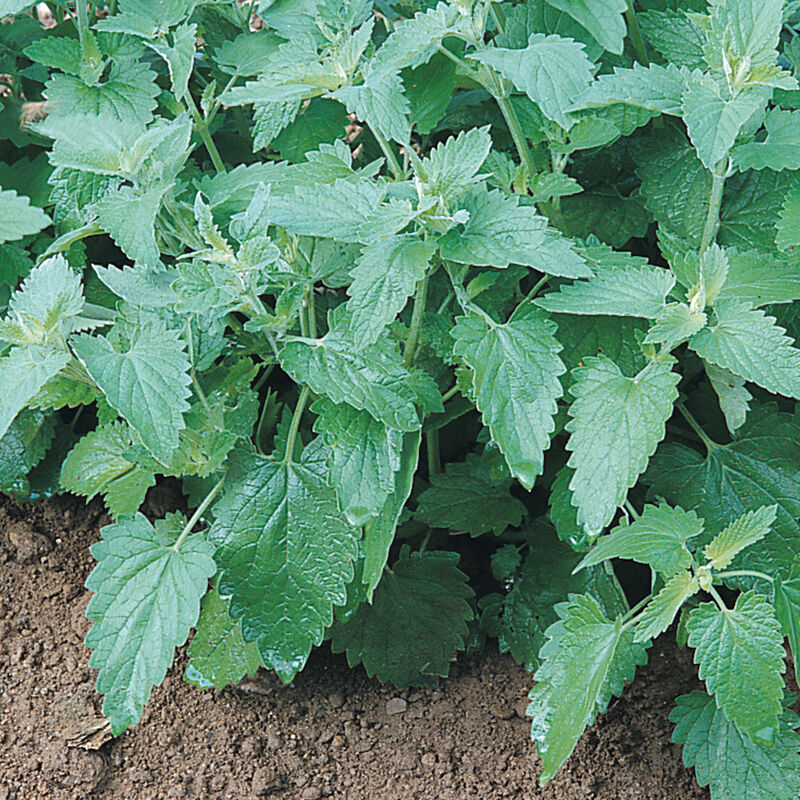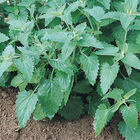Catnip Herb Seed
Product ID:916.11916
Catnip Herb Seed
Product ID:916.11916
Vigorous, high-yielding plants.
Cat-attracting perennial with gray-green leaves and white flowers. Markets for catnip include cat toy crafters, herbal tea companies, and retail plant sales. Flowers are very attractive to bees.Specs:
DAYS TO GERMINATION:
7-10 days at 60-70°F (16-21°C).SOWING:
Transplant (recommended): Start 6-8 weeks before the last frost in the spring. Barely cover with vermiculite; seeds require light to germinate. Thin to one plant per cell, pinching out the growing tip for a bushier plant. Transplant outside when 3" tall with a final spacing of 12-18".Direct seed: Direct seed after the last spring frost or in early fall, sowing 2-3 seeds per inch. Tamp seeds onto the surface of the soil or just barely cover them; seeds require light to germinate. Commercial growers should start with well-irrigated soil beds and roll the seeds into the soil. Rows should be 18" apart and individual plants thinned to 12-18" apart.
LIGHT PREFERENCE:
Sun.SOIL REQUIREMENTS:
Catnip will grow almost anywhere, but ideally in sandy soil.PLANT HEIGHT:
24-48".PLANT SPACING:
12-18".HARDINESS ZONES:
Zones 3-9.HARVEST:
Harvest individual leaves when the plants have become established. The top 3/4 of the plant maybe harvested starting in the second year. To dry, hang branches upside down in a well-ventilated, dry location out of sunlight.Note: Once established, catnip is very hardy and self-sows readily.
SCIENTIFIC NAME:
Nepeta catariaJohnny's is committed to your success, every step of the way.
We want you, our customer, to be 100% satisfied with all of our seeds, tools, and supplies.
If anything you purchase from us proves unsatisfactory, we will either replace the item or refund the purchase price.




